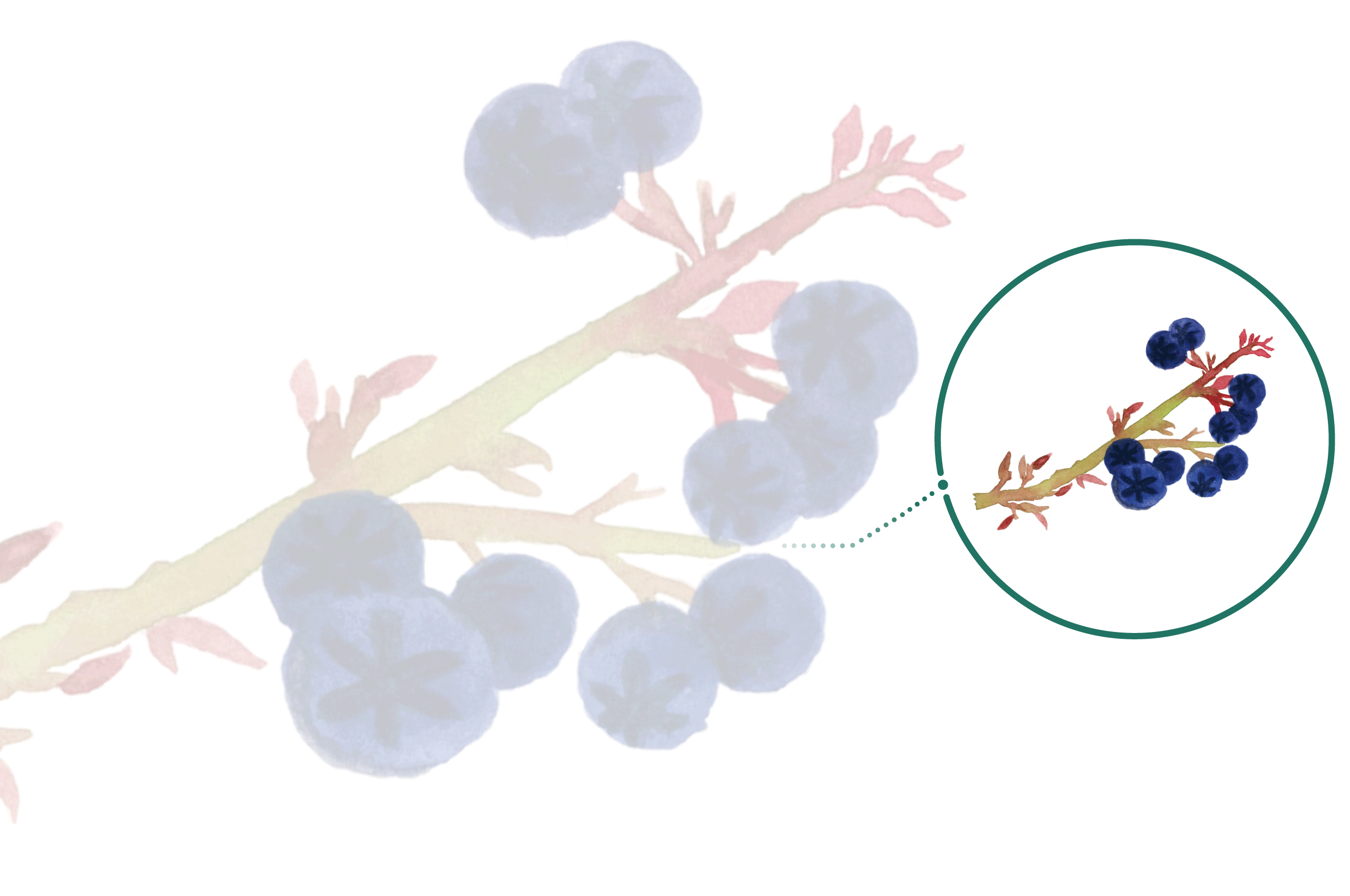As the sun sets on a crisp fall evening in East Vancouver, 40 strangers crowd around a dining room table in anticipation. Paper plates in their grips, the guests gaze hungrily at the spread of pasta, tacos, cakes, and other foods. They all look impressed by the feast they’ve helped create, but this isn’t your average potluck.
The pasta is made from zucchini, the tacos are lettuce shells with walnut “meat,” and the cakes have a date crust with a creamy cashew filling. All the food is vegan, and most of it is raw.
“Attention everyone,” calls the hostess, Emily von Euw. “I know you want to eat, but let’s get a picture first, because this must be documented!”
At 21 years old, von Euw has published two successful cookbooks of vegan and raw food recipes, and is the force behind the blog This Rawsome Vegan Life. In the fall of 2014, von Euw began hosting potluck dinners in Vancouver to bring together readers of her blog. The expansion of her get-togethers reflects the growth of the raw and vegan community in Vancouver. Von Euw’s first potluck, in September 2014, was a small gathering of 20 people on blankets in a backyard. The second, in early November, started with 40 people and grew throughout the night. Guests sprawled on the floor in circles, swapping stories about how they began eating a vegan or raw vegan diet.
Allowable foods for raw vegans are typically limited to fruits, vegetables, nuts, seeds, sprouted grains, and fermented foods like sauerkraut. This diet might seem restrictive, but von Euw thinks differently. “I just get excited about plants. A perfectly ripe papaya with fresh lime juice on it is heaven,” says von Euw. She points out that plants are inherently flavourful: “Where does flavour come from? Spices! Where do spices come from? Plants!”
However, von Euw is aware of how a raw diet can become confining. “I think a lot of people can benefit from [raw] diets. I just don’t like when there’s a specific set of rules. It can be dangerous, depending on your mindset, because you feel bad if you don’t follow the rules exactly,” she says. Sarah Alexis, Lori Smart, and Stephanie Suski, registered dieticians at HealthLink BC, agree that a heavily restricted diet can be problematic: “The many rules in [some raw diets] make it difficult for individuals to meet their recommendations for calories, protein, fat, vitamins, and minerals,” they say in an email interview.
We all know fruits and vegetables are healthy, but how much produce we should consume, and whether it should be raw or cooked, is still under debate. Alexis, Smart, and Suski say, “Some nutrient losses will occur through all stages of preparing and cooking foods, depending on the food type, the cooking method, temperature, and length.” Still, healthy eating doesn’t have to be militant. While raw foods may contain more nutrients, cooked plants shouldn’t be our enemies. As von Euw says, “If you think steamed broccoli is bad for you, there’s a problem.”











